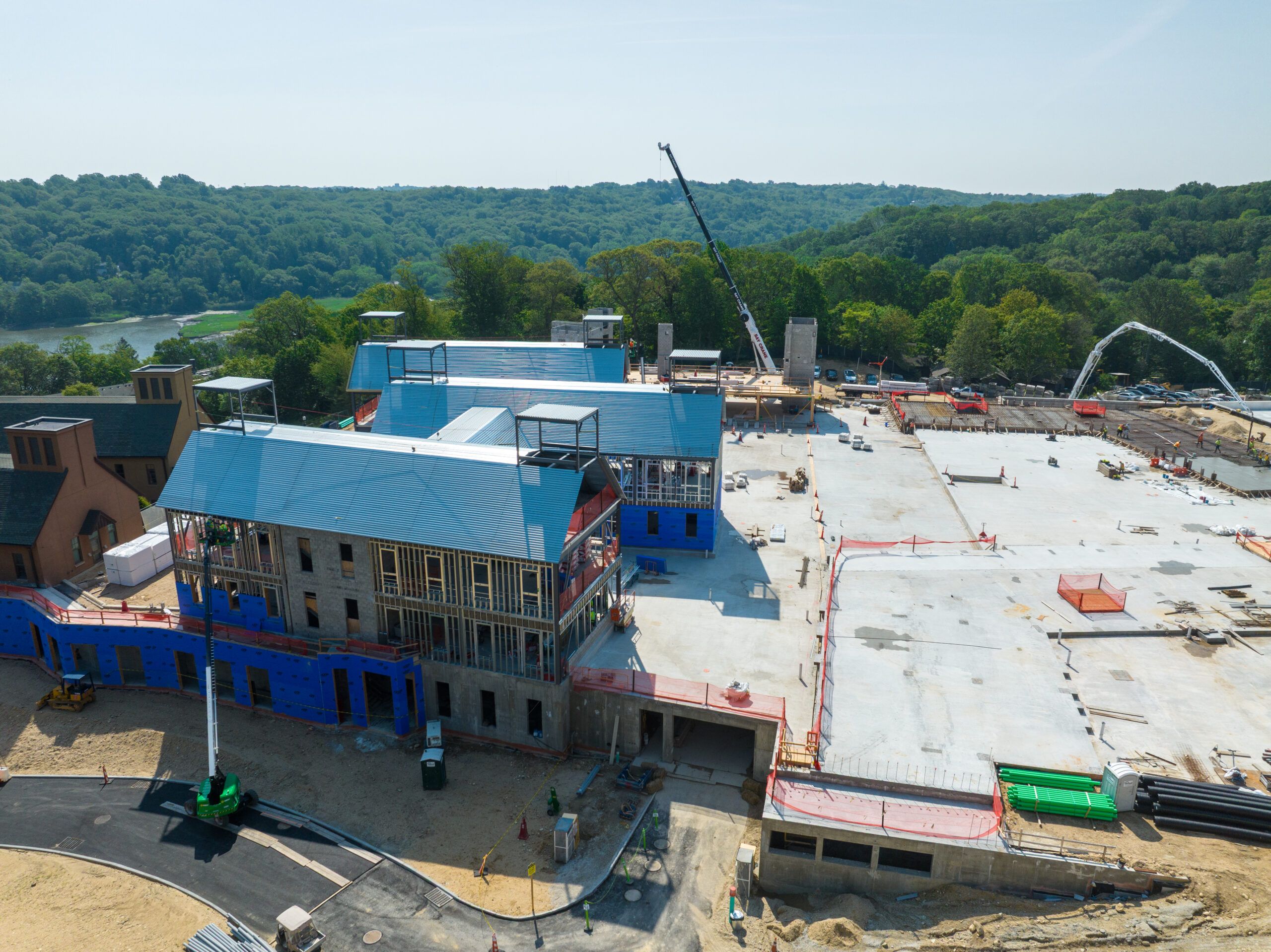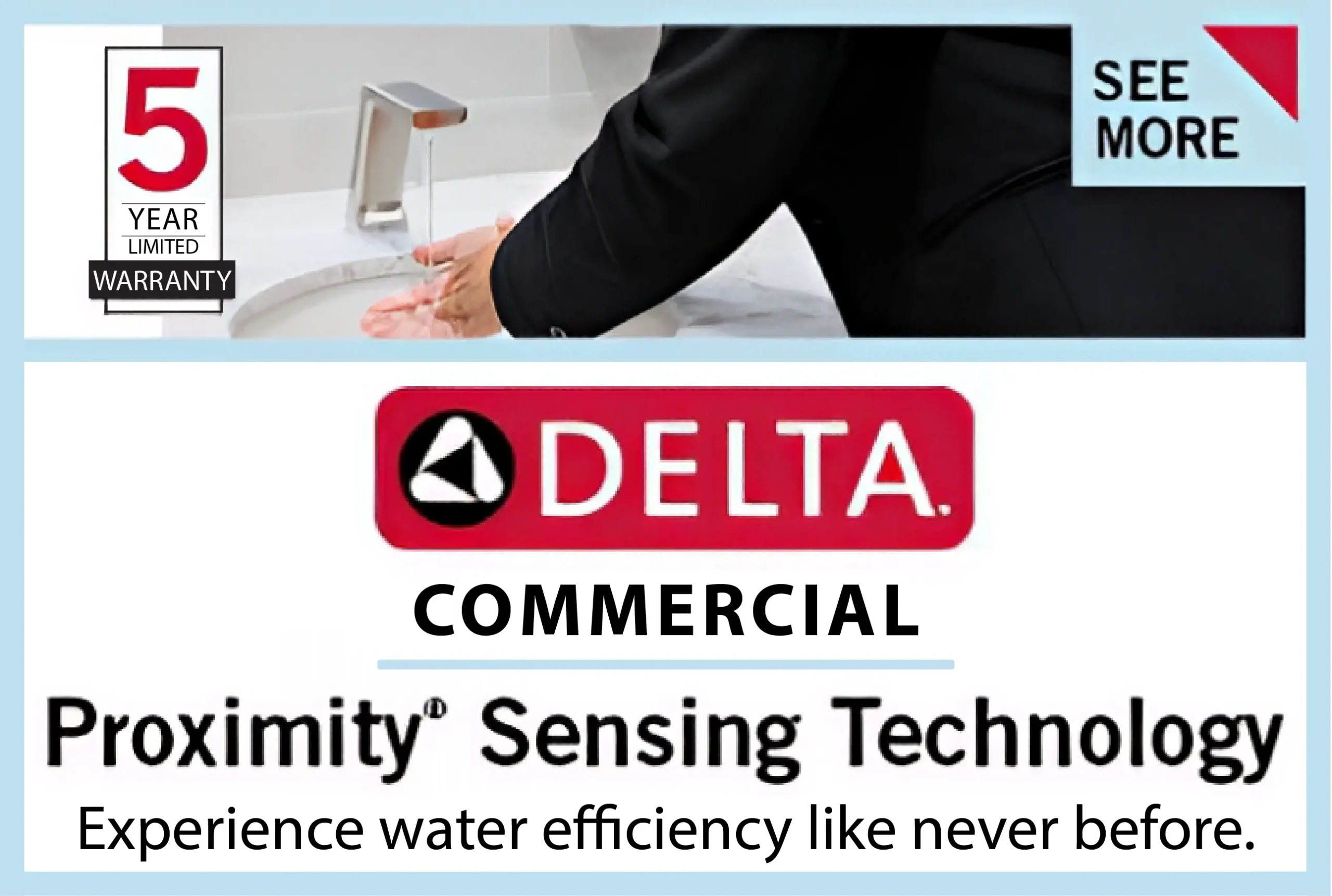In recent years, the pet care industry has undergone a significant transformation, evolving from basic grooming and boarding services to comprehensive wellness hubs. As pet owners become more attuned to their animals’ mental and physical health, the demand for thoughtfully designed commercial pet care facilities has surged. A key trend driving this evolution is the integration of wellness-centered design—a concept that considers the environmental, emotional, and physiological needs of pets in the development of care spaces.
This holistic approach doesn’t just enhance the quality of life for animals—it also benefits pet care providers by improving efficiency, reducing stress-related incidents, and strengthening client trust. Below, we explore how wellness-centered design is reshaping commercial pet care facilities and why it’s essential for the future of animal-centered architecture.
The Principles of Wellness-Centered Design
Wellness-centered design draws from various disciplines, including biophilic design, veterinary medicine, environmental psychology, and animal behavior studies. Its primary goal is to create environments that reduce stress and promote optimal well-being for pets. Unlike traditional facility design—which often prioritizes operational functionality over animal comfort—this approach puts the animal experience at the core.
Key Design Elements Include:
- Natural Light and Ventilation: Exposure to natural light can regulate a pet’s circadian rhythm, reduce stress, and even boost immune function. Proper ventilation also prevents the spread of airborne pathogens and controls odors.
- Acoustic Management: Animals, particularly dogs, are highly sensitive to sound. Wellness-centered designs incorporate sound-dampening materials and acoustically isolated zones to mitigate noise-induced anxiety.
- Zoning and Flow: Facilities are thoughtfully divided into distinct zones—grooming, play, rest, medical care—to reduce sensory overload and create predictable routines, which can be calming for animals.
- Sanitation and Materials: Durable, non-toxic, and easy-to-clean materials are essential. Flooring should provide traction to prevent injuries while being gentle on paws.
- Outdoor Access and Green Spaces: Whenever possible, incorporating outdoor runs, sensory gardens, or naturalistic play areas encourages movement and mental stimulation.
Creating a Calming Environment
A wellness-centered facility doesn’t just look good—it feels good, too. Calm, neutral colors, temperature control, soft lighting, and quiet zones can significantly impact a pet’s stress levels. Many facilities are now implementing “fear-free” strategies in tandem with wellness design. For example, separate entryways and waiting rooms for cats and dogs can reduce interspecies tension. Private suites instead of cages or kennels offer a sense of security and comfort, especially during overnight stays.
In recovery areas or veterinary wings, attention to detail is crucial. Features like heated floors, noise insulation, and soft bedding can make all the difference for post-operative or aging pets. The use of calming pheromones or music therapy is also becoming more prevalent, creating a multi-sensory soothing environment that aids in faster recovery.
Integrating Holistic Health Services
Wellness-centered design also accommodates the integration of complementary health services. Pet massage therapy, hydrotherapy, acupuncture, and chiropractic care are becoming increasingly common in high-end pet care centers. These services not only benefit pets with specific medical conditions but also support general wellness and stress management.
The inclusion of retail spaces within facilities is another growing trend. These areas often focus on holistic pet health, offering items such as organic treats, grooming tools, and dog supplements for skin and coat. These supplements play a critical role in maintaining healthy fur and reducing inflammation, especially in pets with allergies or skin sensitivities. Providing access to such products reinforces the facility’s commitment to whole-animal wellness and offers convenience for pet owners seeking targeted health solutions.
Staff Training and Operational Synergy
A wellness-centered facility is only as effective as the people operating it. Design must go hand in hand with employee training and operational practices. Staff should be educated in animal behavior, stress indicators, and low-stress handling techniques. Break areas for employees, ergonomic workstations, and efficient layout planning can also reduce burnout and create a more harmonious work environment, ultimately reflecting in the quality of care pets receive.
Incorporating technology into operations further enhances wellness integration. Real-time monitoring systems, automated cleaning tools, and app-based appointment management not only increase efficiency but also allow caregivers to spend more quality time with animals.
Case Studies and Real-World Examples
Several modern pet care centers have embraced wellness-centered design with impressive results. For instance, facilities that transitioned from traditional kennels to private glass-enclosed suites observed a measurable drop in noise levels, fewer behavioral incidents, and increased client satisfaction. Others that invested in outdoor sensory gardens reported higher levels of physical activity and improved mood among boarded pets.
One multi-service facility in the Pacific Northwest revamped its space to include zoned play areas, climate-controlled nap zones, and on-site nutrition counseling. Not only did the number of repeat customers increase, but the business also received local awards for innovation in pet care services.
Looking Ahead: The Future of Pet Care Architecture
As more research emerges about the mental health of pets and the impact of the built environment on animal behavior, wellness-centered design is poised to become the new standard in commercial pet care facilities. Beyond aesthetics, these spaces foster trust, improve outcomes, and enhance the reputation of the businesses that adopt them.
The future will likely bring even more integration of technology, including smart climate controls, enrichment monitoring, and biofeedback devices. Combined with sustainable building practices and eco-friendly materials, pet care facilities can be both high-performing and health-promoting.
Conclusion
Integrating wellness-centered design into commercial pet care facilities is more than a trend—it’s a paradigm shift. By thoughtfully designing spaces that cater to the physiological and emotional needs of animals, facility owners not only elevate the quality of care they provide but also build deeper connections with clients and the wider community.
From the inclusion of natural lighting and acoustically sensitive materials to the promotion of holistic health products like dog supplements for skin and coat, every detail matters. The investment in wellness-centered environments is an investment in the future of pet care—one where animals thrive, employees feel empowered, and pet owners gain peace of mind.











